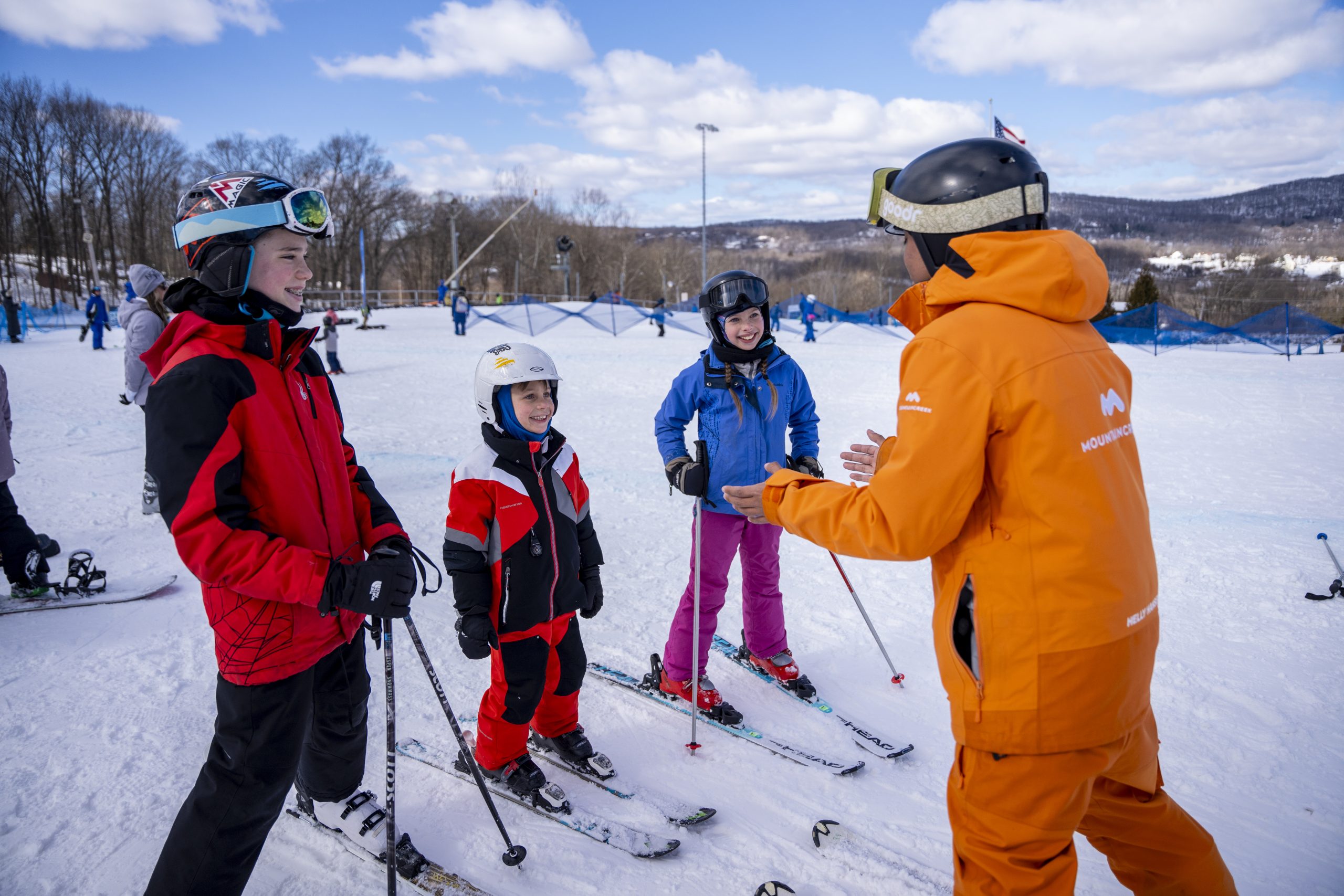Embarking on your first ski trip and staying at luxury catered chalet tignes is an exciting adventure filled with anticipation, fresh mountain air, and the thrill of trying something new. However, skiing can also seem a bit daunting if you’ve never hit the slopes before. Don’t worry—this beginner’s guide will help you navigate your first ski experience with confidence and joy.
Table of Contents
1. Choosing the Right Resort
Not all ski resorts are created equal, especially for beginners. When choosing a resort for your first ski trip, look for one that offers a variety of beginner-friendly slopes, often labelled as “green” runs. These slopes are typically less steep and provide a more manageable introduction to skiing. Additionally, resorts with well-rated ski schools and plenty of rental equipment options are ideal for first-timers.
2. What to Wear: Essential Ski Gear
Dressing appropriately is key to staying comfortable on the slopes. Here’s a quick rundown of what you’ll need:
- Base Layer: Start with a moisture-wicking base layer to keep sweat away from your body. Avoid cotton, as it retains moisture.
- Mid Layer: Choose an insulating mid-layer, like a fleece or down jacket, to keep you warm.
- Outer Layer: A waterproof and windproof ski jacket and pants will protect you from the elements.
- Accessories: Don’t forget a helmet (safety first!), gloves, a neck gaiter or scarf, ski socks, and goggles to shield your eyes from the sun and snow.
3. Renting vs. Buying Gear
For your first time skiing, renting gear is usually the most practical option. Most resorts offer rental packages that include skis, boots, poles, and a helmet. Renting allows you to try different equipment and figure out what works best for you without the commitment of buying expensive gear.
4. Taking a Lesson
Even if you’re an athletic person, skiing has a unique set of techniques that are best learned through professional instruction. Consider booking a ski lesson with a certified ski instructor on your first day. Group lessons are a great way to learn alongside other beginners, while private lessons provide more personalised attention. An instructor will teach you the basics, such as how to stop, turn, and control your speed.
5. Learning the Basics
Here’s a brief overview of the fundamental skills you’ll learn in your first ski lesson:
- The Snowplow (or Pizza): This is the most basic method for controlling your speed and stopping. By pointing the tips of your skis together in a “V” shape, you’ll create resistance against the snow, which helps you slow down.
- Turning: Learning to turn is essential for navigating the slopes. Beginners typically start with snowplough turns, gradually progressing to more advanced techniques as they gain confidence.
- Riding the Chairlift: Getting on and off the chairlift can be tricky at first, but with a little practice, it will become second nature. Follow the lift attendant’s instructions and don’t hesitate to ask for help if you’re unsure.

6. Staying Safe on the Slopes
Safety should be your top priority when skiing. Always wear a helmet and make sure it fits snugly. Pay attention to your surroundings, and be aware of other skiers and snowboarders. Stick to slopes that match your skill level—don’t be tempted to try advanced runs before you’re ready.
7. Après-Ski: Relax and Recharge
Après-ski, which refers to the social activities and relaxation that take place after a day of skiing, is an important part of the experience. Whether it’s enjoying a hot drink by the fire, soaking in a hot tub, or exploring the resort village, après-ski is your time to unwind and reflect on your accomplishments of the day.
8. Tips for Success
- Start Slow: Don’t rush yourself. It’s okay to take breaks and go at your own pace.
- Stay Hydrated: The combination of physical exertion and high altitude can lead to dehydration, so drink plenty of water throughout the day.
- Listen to Your Body: If you’re feeling tired or sore, it’s okay to call it a day early. Pushing yourself too hard can lead to injury.
9. Embrace the Learning Curve
Skiing is a skill that takes time to master. Be patient with yourself and remember that everyone falls—it’s all part of the process. With each run, you’ll gain confidence and improve your technique.
10. Celebrate Your Progress
After your first ski trip, take a moment to celebrate your progress. Whether you’ve mastered the snowplough or simply enjoyed the mountain views, you’ve taken the first steps in what could become a lifelong passion.
Skiing for the first time is an exhilarating experience that combines physical challenge with the beauty of nature. With the right preparation and mindset, your first ski trip can be the start of many more adventures on the slopes.




